Sake Rice Survived a Couple of Typhoons, But How Did it Fare Otherwise?
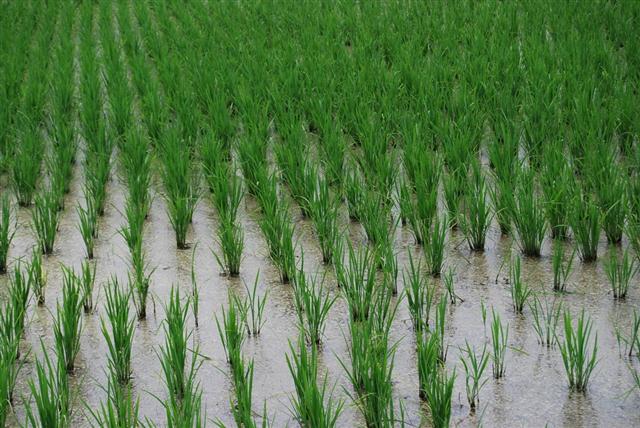
In late October, the National Research Institute of Brewing in Japan released their annual rice report, loosely translated as the Suitability of This Year’s Rice to Sake Brewing Report. In short, the report analyzes the weather patterns of the previous summer, comparing it to analytical data, and predicts how well (or not well) this year’s rice harvest will dissolve in the fermenting mash.
Basically speaking, the more sunlight and heat the rice plant absorbs as it grows, the harder the grains will be when harvested. The harder the grains are, not surprisingly, the more stubbornly and slowly it will dissolve in the mash. This is pretty much a function of sunlight and average temperatures in primarily August and September.
So colder summers lead to softer rice that dissolves comparatively faster and leads to bigger and bouncier flavors, and hotter summers lead to slowly dissolving rice that leads to cleaner, more narrow flavor profiles. One is not unequivocally better than the other; it is all a matter of what kind of sake a brewer is trying to make, and getting the rice at hand to dovetail with the rest of the processes involved.
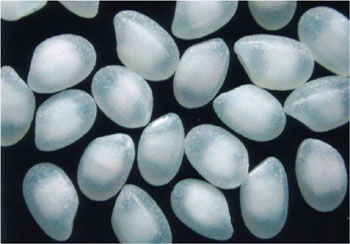
Of course, just how fast or slow a rice dissolves depends on a myriad of factors. How much water the rice was allowed to absorb, the amount and type of enzymes created by the koji, and the temperature of the fermenting mash are just a few of those. So in truth the best a report like this can do is to say, “in comparison to an average year, rice can be expected to dissolve in this way…” Brewers can then take into consideration the factors unique to their facility and methods to get an idea of what to expect.
Having information like this is extremely helpful to sake brewers. Why is this? Because the faster the rice dissolves, the fuller and more rambunctious the flavor of the sake will be. If the rice is expected to dissolve more readily than most years, brewers may want to rein that in. Conversely, if the rice is expected to dissolve more slowly, brewers might want to do what they can to hasten that dissolution.
What can they actually do as a countermeasure? Considering that most brewing decisions for a given product will remain the same, the most visible activity is adjusting the moisture content of the rice. That is accomplished by adjusting the amount of time the rice is soaked in water, and the precision with which that step is undertaken. There are of course other steps, but this is their first line of defense.
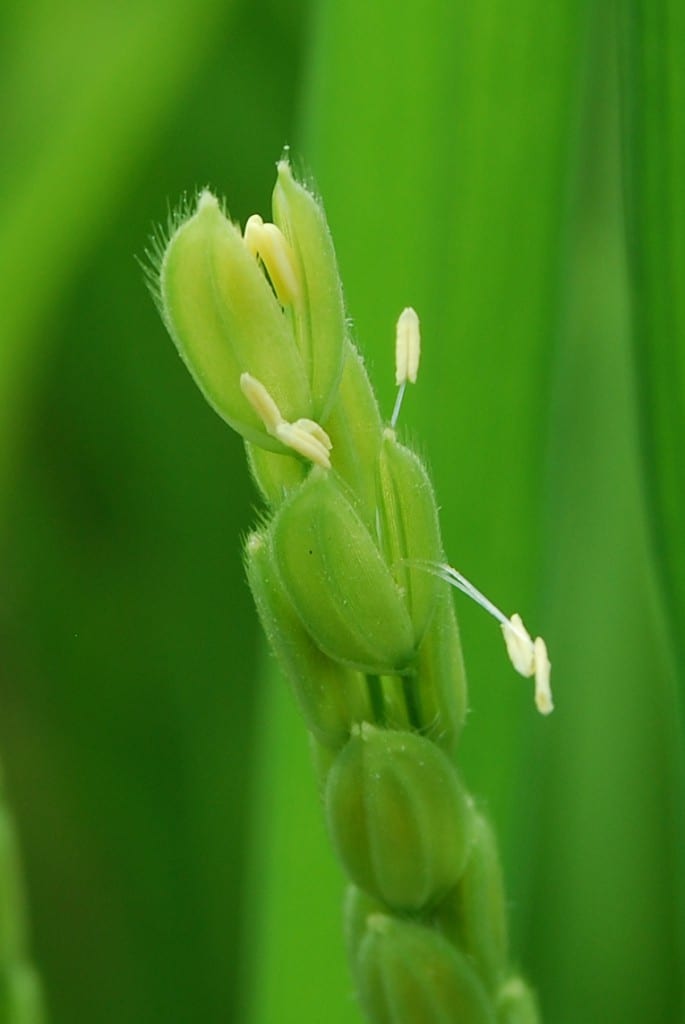
More often that not, brewers are loathe to let the rice absorb too much water. If anything err on the side of less moisture, and a slower dissolution. It is easier to speed it up later than to slow it down, or at least it is easier to make up for too little flavor than to rid a moromi (fermenting mash) of too much such sloppiness.
Of course, brewers – and toji (brewmasters) in particular – are not oblivious to the weather. Many will follow it closely and are in the rice fields and getting reports regularly throughout the season. So many may not feel the need to read this short four-page report. In truth, I have no idea! However, what is interesting is that this information is also there, and surely it is considered handy by many brewers in the country.
So what did the report say about the rice grown in 2018?
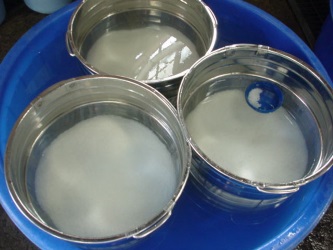
Interestingly, the report assesses the rice based on two things, where in Japan it grows, and when the ears of rice begin to appear on the rice plant. Naturally, these are related to how much heat and sunlight are absorbed. The sooner it is planted, the sooner the ears appear, and the more sunlight and heat it will be exposed to during a given summer. And this, of course, leads to hardness or softness in the rice grains once they are harvested.
And, so, the report reads thusly.
For early-harvest rice such as Gohyakumangoku for which the ears appear in mid-July, the rice is expected to be harder, and will not dissolve as readily as most years. But for rice in which the ears appear in the first ten days of August, typically grown in Northern Japan, the rice is expected to dissolve more readily than a typical year. And for rice that is particularly late harvest, like that grown in Western Japan (as is much of the best sake rice), in which the ears appear in late August – for the most part will be like a normal year, and compared to last year either the same or little bit harder.
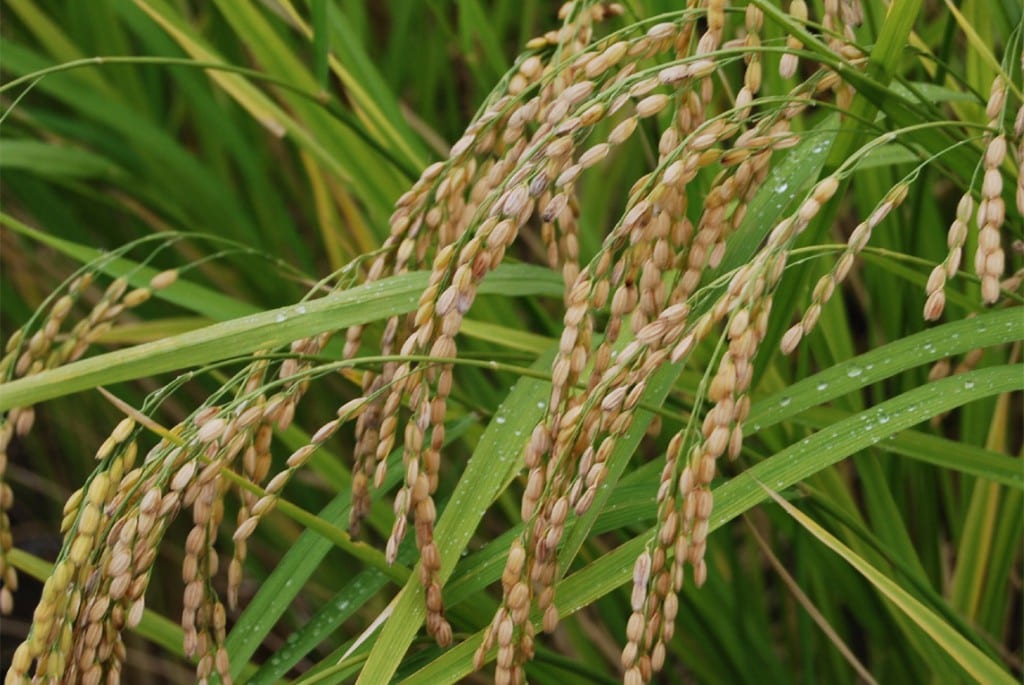
These were the generalizations for the major growing regions. After this the report addressed a handful of smaller rice producing regions, and all were expected to dissolve more slowly excepting Hokkaido, the northern most island of Japan’s main four. Normally very cold, global warming is affecting rice growing up there, and Hokkaido rice is expected to dissolve comparatively readily.
The main point here is not to have people look out for Yamada Nishiki’s dissolution rate to be normal in next year’s sake while to be prepared to notice that Gohyakmangoku’s will be slower – all while enjoying sake and sushi with friends. Nah. Forget that; leave that to the brewers. Rather, it is interesting to see the connection between sake quality and climate. With sake, sometimes that can get overlooked.
For those that are interested the report can be read and downloaded here, although it is only in Japanese.
Sake Professional Course
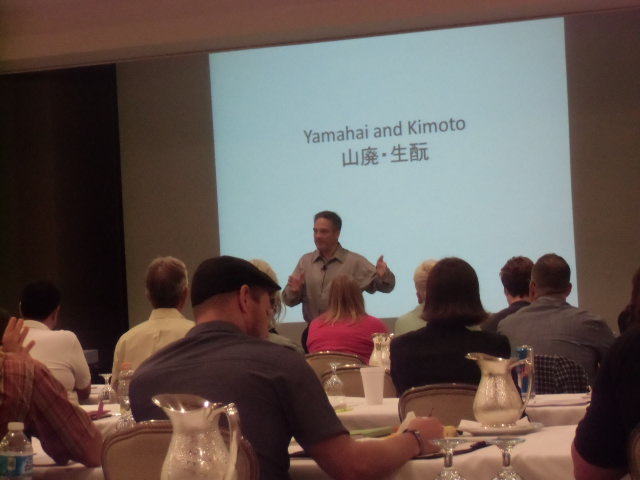
The next Sake Professional Course will be held in Chicago, April 23rd to 25th. It will be the 48th running of the course, and will be held on the second floor of the wonderful restaurant Sunda. While details are not yet complete, the generalities are set to the degree that I can respond to inquiries and accept reservations. To learn more about the Sake Professional Course, go here. To inquire about the Chicago course, go here and also please send me an email at sakeguy@gol.com .




